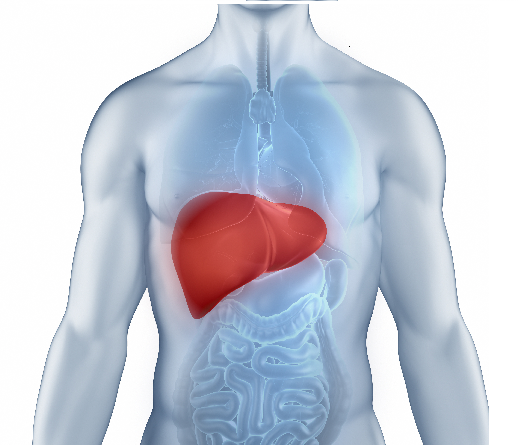Lung Cancer: The Important Role of Regular Health Checkups

Lung cancer is a form of cancer that begins in lung tissues. There are two main kinds: small cell and non-small cell lung cancer. Maintaining proper lung health is crucial for overall health and well-being. Regular checkups are essential for maintaining lung health.
Detecting problems and diagnosing lung cancer in its early stages is vital to treatment and recovery. This article explores lung cancer, its types, symptoms, treatment, and diagnosis.
What is Lung Cancer?
Lung cancer is a type of cancer that forms in lung tissues. It usually starts in the cells that line the lungs’ air passages. There are many types of lung cancer, usually grouped into two categories:
1. Small Cell Lung Cancer
Small cell lung cancer (SCLC) is a fast-growing but rare form of cancer. It is relatively more aggressive but responds well to chemotherapy. SCLC can affect anyone, but individuals with this form of lung cancer often have a history of tobacco use. Early detection is crucial for treating and curing this form of cancer.
2. Non-small Cell Lung Cancer
Non-small cell lung cancer (or NSCLC) is relatively more common. There are several types of NSCLC, and they typically respond well to treatment if they are detected in the early stages. Some forms of NSCLC include squamous cell lung carcinoma, adenocarcinoma, adenocarcinoma in situ, and large cell carcinoma.
3. Mesothelioma
Mesothelioma is a type of lung cancer that is linked to exposure to asbestos. It occurs when carcinoid tumours begin to grow in hormone-producing cells. Mesothelioma is aggressive, fast-growing, and does not respond well to treatment.
What are the Causes and Risk Factors of Lung Cancer?
Specific factors that increase an individual’s risk of getting lung cancer include:
1. Smoking
Both first-hand and second-hand smoking can cause many forms of lung cancer. Cigarette smoke also contains carcinogens, and smoking causes damage to the cells lining the lungs.
2. Exposure to Cancer-Causing Substances
Exposure to cancer-causing substances, especially in the workplace, increases the chances of getting lung cancer. Breathing in substances like radon, asbestos, arsenic, nickel, and chromium is a risk factor for developing lung cancer.
3. Genetics and Family History
Having family members who have lung cancer or have specific genetic mutations increases the risk of developing it. Individuals who have previously had lung cancer are also more likely to develop it again.
What are the Symptoms of Lung Cancer?
Lung cancer symptoms can vary based on the stage and progression of the disease. Some important signs to watch for include:
- A lingering and worsening cough, coughing up blood or phlegm
- Chest pain when coughing, breathing deeply, or laughing
- Wheezing and hoarseness
- Weakness, fatigue, nausea and loss of appetite, vomiting and weight loss
- Recurring infections like pneumonia and bronchitis
- Lumps in the neck or collarbone
- Dizziness, numbness, and issues with balance
- Jaundice, swelling of the upper body and face, and drooping of an eyelid
- A lack of sweat on one side of the face, shrunken pupils, and shoulder pain
Why are Regular Checkups Important for Lung Health?
The success of lung cancer treatment can be heavily influenced by how early the disease is detected. However, detecting lung cancer can be extremely difficult, especially in the earlier stages. Many individuals are asymptomatic in the early stages. The main goal of regular checkups is to catch lung cancer while it is still in the early stages since it is more responsive to treatment.
Scheduling regular screenings, tests, and checkups can help catch lung cancer before it can develop into the later stages. Individuals with a history of smoking or a family history of lung cancer should also consult with medical professionals and get regular checkups, even if no symptoms are visible yet.
Lung tests are usually conducted using a low-dose CT scan. Other imaging tests (like MRIs or PET scans) may also be performed to detect abnormal lung masses.
How is Lung Cancer Diagnosed?
Lung cancer diagnosis involves many steps. Some standard lung cancer diagnosis tests include:
- Imaging Tests: These include CT scans, PET scans, or MRIs to detect abnormal masses.
- Sputum cytology– The phlegm produced while coughing may be sent for microscopic examination to check for the presence of cancer cells.
- Bronchoscopy: Medical professionals use a lighted tube to examine the lungs more closely.
- Lung needle biopsy: A lung needle biopsy involves obtaining a small amount of lung tissue, which is studied to determine whether tumour cells are cancerous.
Individuals having a family history of lung cancer or a history of smoking should get regular lung health screening tests and checkups. If an individual is experiencing lung cancer symptoms, they should contact a medical professional for further screening and testing. Visit the Dr Lal PathLabs website to book a lung health test today.
FAQs
1. Is lung cancer screening necessary?
Regular lung and health checkups are important for individuals who have a history of smoking, a family history of lung cancer, or exposure to harmful substances. Individuals with mild symptoms of lung cancer should also immediately consult a medical professional.













